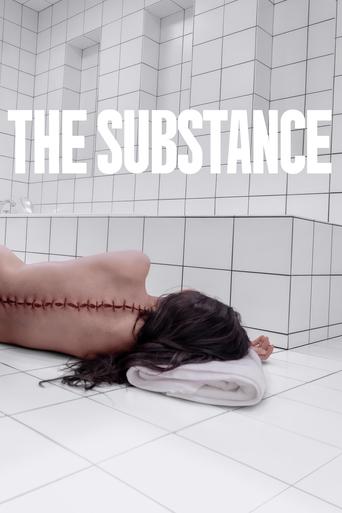
Wuppertal is a drizzly, industrial city on the Rhine and one immediately wonders why Pina Bausch and her avant-garde dance troupe have settled there. A socially engaged documentarian, Wildenhahn is also perplexed by this issue and spends considerable time trying to place Bausch in a context outside of the aesthetic. Still, the dance company's daily life and the excruciating rehearsal and performance schedule is solidly captured. The film begins cleverly: a dance critic offers sagacious comments on ballet dancers finishing their careers at mid-thirty just when, according to Bausch, the "aspects of misery, suffering and fear of death should become an integral part of a dancer's spiritual and psychological make-up." Wildenhahn's camera glides over the dancers' bodies as Bausch leads them through their paces, a consummate teacher. Leaving behind rehearsals of "Bandoneón" and "Walzer," Wildenhahn then ventures out into the streets of Wuppertal searching for the dance of the common people.
| Title | What Are Pina Bausch and Her Dancers Doing in Wuppertal? |
|---|---|
| Year | 1983 |
| Genre | Documentary |
| Country | Germany |
| Studio | NDR, WDR |
| Cast | Pina Bausch |
| Crew | Klaus Wildenhahn (Director), Klaus Wildenhahn (Writer), Christhart Burgmann (Producer), Rainer Hagen (Producer), Wolfgang Jost (Cinematography), Petra Arciszewski (Editor) |
| Keyword | |
| Release | Feb 25, 1983 |
| Runtime | 115 minutes |
| Quality | HD |
| IMDb | 0.00 / 10 by 0 users |
| Popularity | 0 |
| Budget | 0 |
| Revenue | 0 |
| Language | Deutsch |
 Apple TV
Apple TV Google Play Movies
Google Play Movies Fandango At Home
Fandango At Home Netflix
Netflix Amazon Prime Video
Amazon Prime Video Amazon Video
Amazon Video MUBI
MUBI











